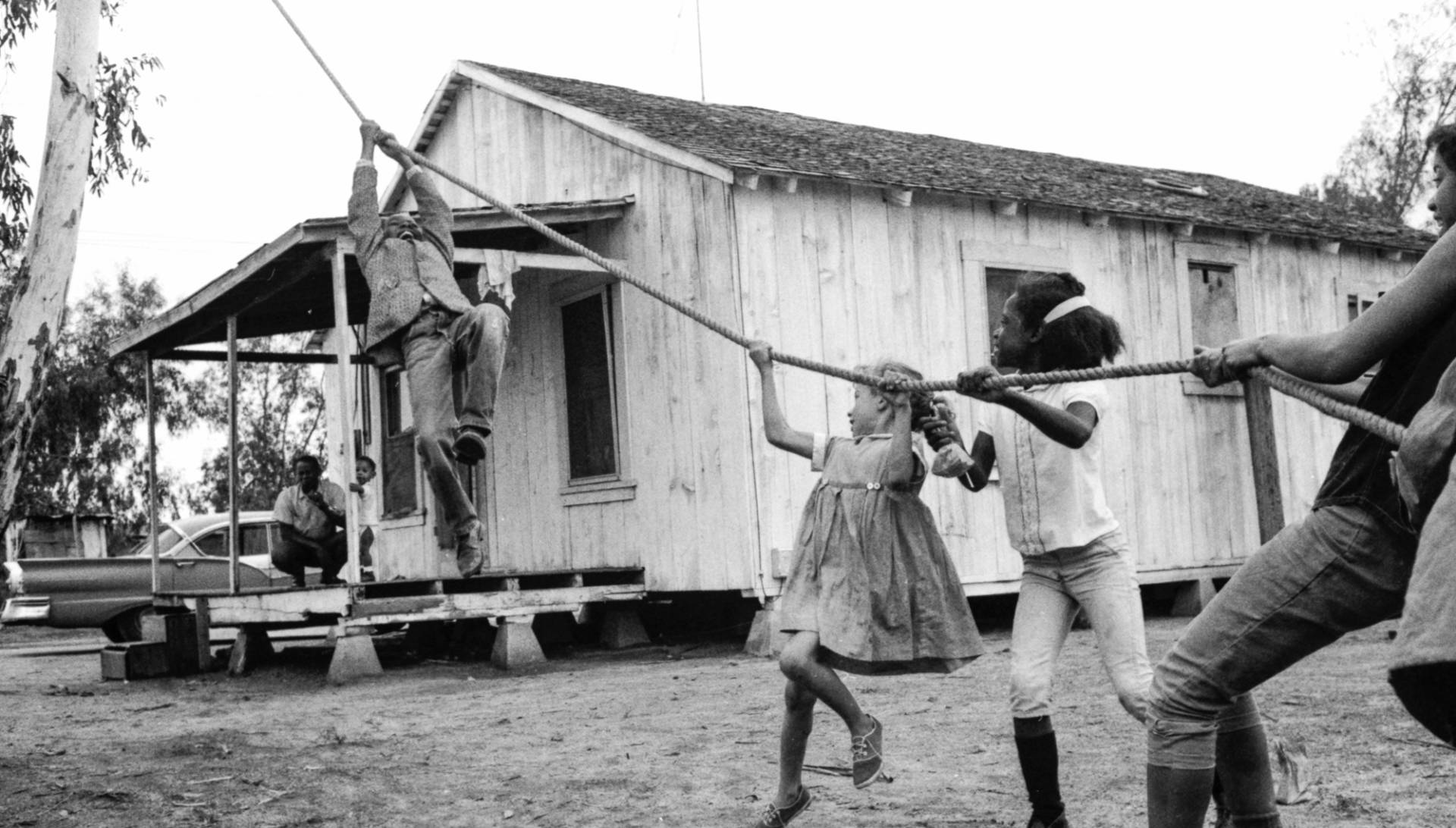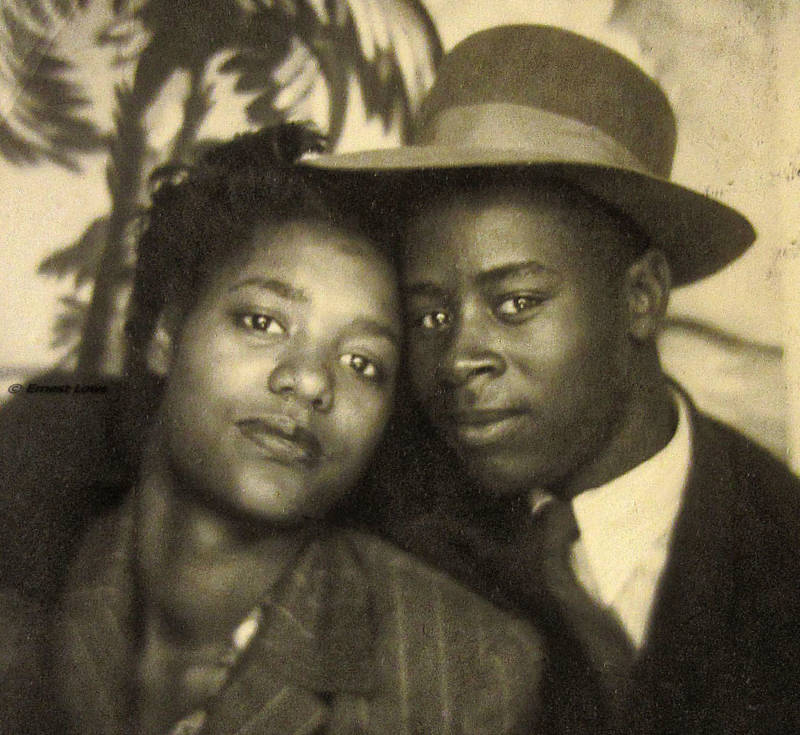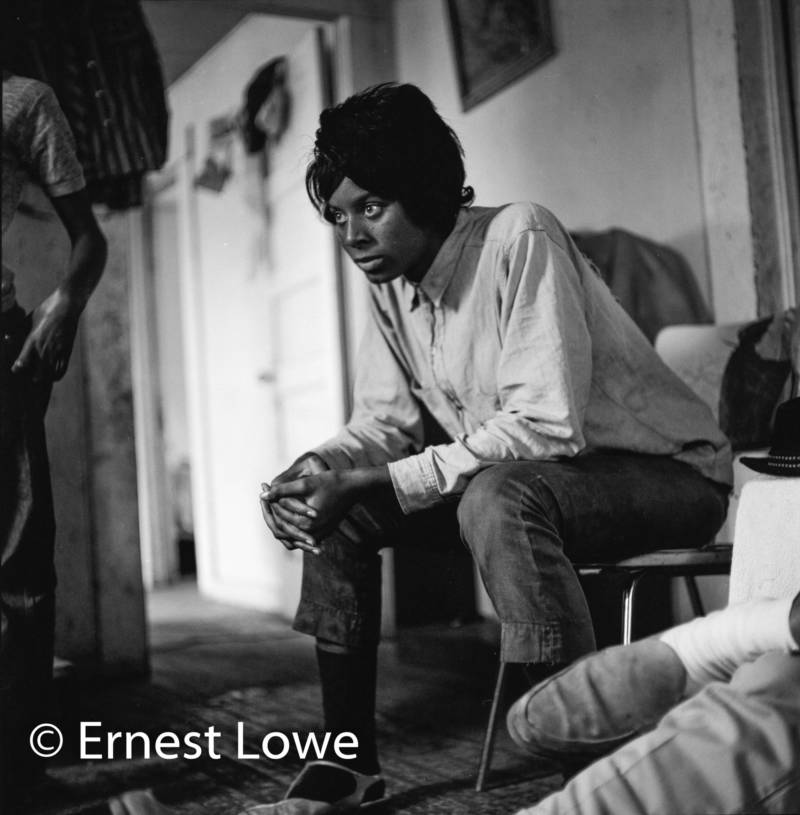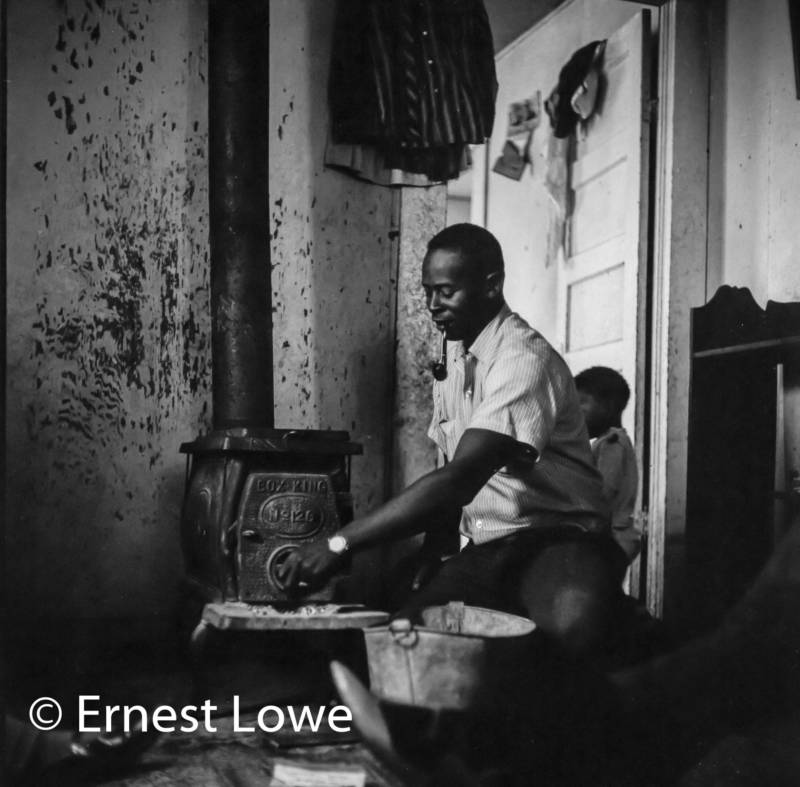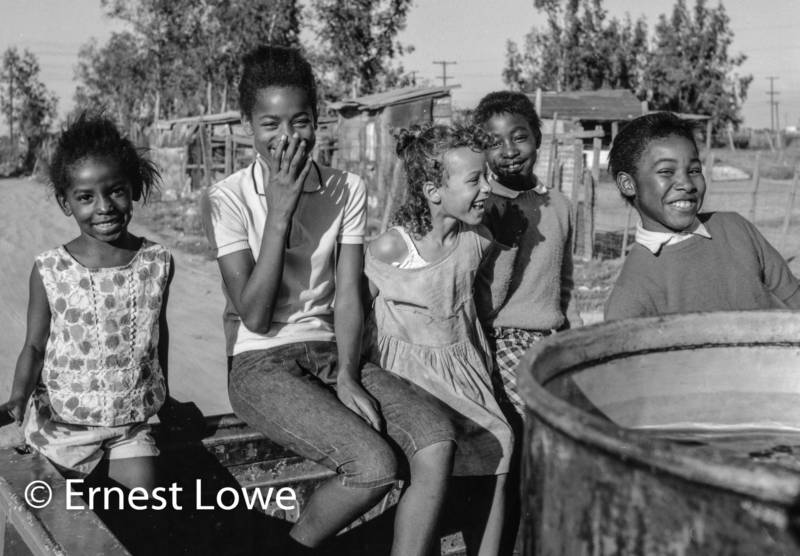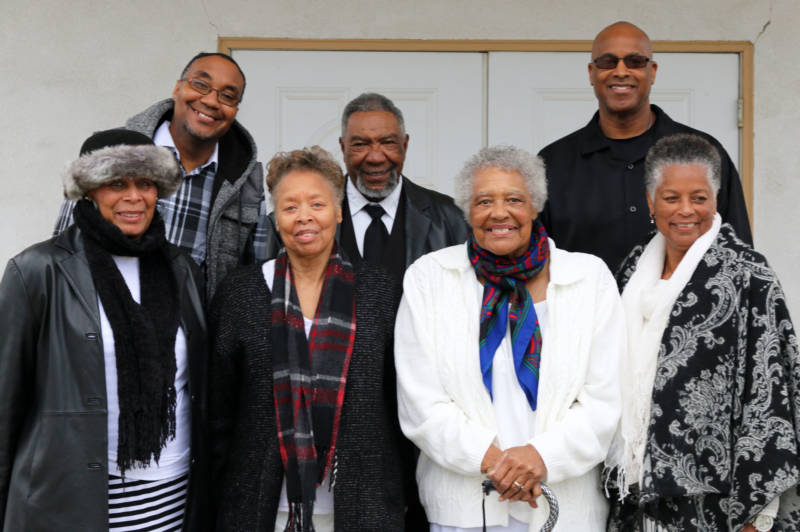A special thanks to photographer Ernest Lowe, whose photos taken in the 1960s of African-American farmworkers in the San Joaquin Valley provided inspiration for this story. Those photos are now on display at UC Merced. Find more photos of the Marshalls, Beaverses and other families at ErnestLowe.com.
D
rops of rain collect in pools around potted plants outside the Marshall home in South Dos Palos, as a storm rolls into the small farming community about 100 miles southeast of San Jose. A wind chime hanging on the front porch provides background music to a family gathering inside in the living room.
Joe, Lee, Zella, David and Marilyn Marshall are five of 13 siblings who grew up on this plot of land. Today, they're all in their 60s and 70s.
When the Marshall siblings’ father moved to the Central Valley from Mississippi in 1944 to work for the railroad, his goal was twofold: make enough money to provide for his wife and children, and put distance between his family and the racist laws of the South.
But the brothers say they found California had its own racism.
"The people in the South, they let you know right off the top, you not welcome, you not wanted,” Lee Marshall said. “And, 'Hey, don’t get out of place. You say mister to me.' And they demand that you say 'yes sir' and all this kind of stuff to 'em. It was just straight out, they didn’t hide it. That was better for me 'cause I know where you stand."
"These down here, there’s a hidden thing that they use on you," Lee Marshall said.
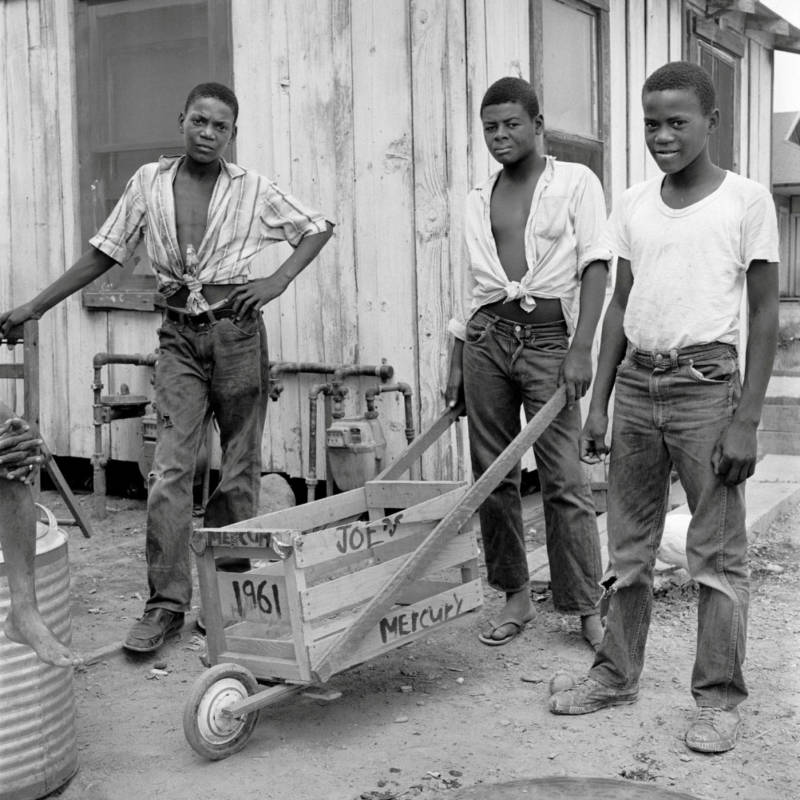
Lee's brother, Joe Marshall, said it was a more subtle form of racism the brothers faced growing up here.
“You know we could go anywhere and eat, it wasn’t a place where you had to go to the back door,” said Joe. “It was nothing like being in the South.”
“The difference between here and the South is just that — it’s hidden,” Joe said.
And that racism shaped how the Marshalls lived and worked. It also shaped the destiny of their town.
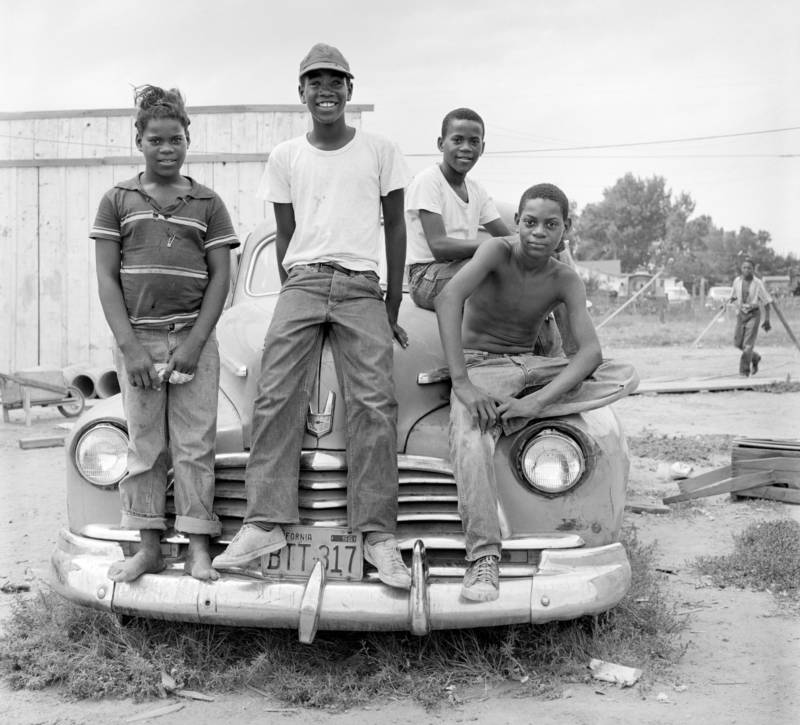
In the 1940s and 1950s, the Marshall brothers say South Dos Palos was thriving. The community was a hub of agricultural business and black-owned cafes, stores and service stations.
“Everything in South Dos Palos, except for a few places like behind us, was owned by black people,” Joe Marshall said.
Mexican and Central American workers make up the bulk of farm labor in California today, but throughout the 1940s, ‘50s and ‘60s, African-Americans and poor white families — many of them migrants who moved to the state during and after the Dust Bowl storms of the 1930s— also worked in the fields.
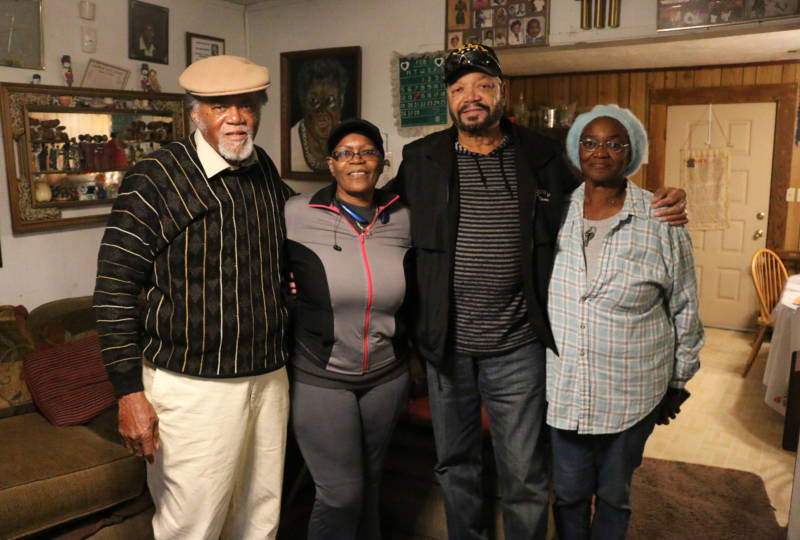
To earn money, the Marshall brothers pruned and harvested crops like almonds, lettuce, grapes and cotton, one of California’s top producing crops at the time. They went to work and came back to a home that didn’t have running water or indoor plumbing. They used to be embarrassed to have to tell their girlfriends to use an outdoor toilet when they would come visit.
“I’ll never forget, as long as I live, when the city put in the sewer line,” Joe recalls. “And they say 'but, it’s up to each house to dig to hook up to it.' Man, we were digging out there with a smile on! We were thinkin', man we gonna get indoor bathroom! That was the happiest day of my life!”
A Tale of Two Farm Towns
Just a few miles from South Dos Palos is another community called Dos Palos. During the Marshall siblings’ childhood, Dos Palos was a mostly white community. Many of the homes there had the infrastructure that houses in South Dos Palos lacked.
“You go down that way further down,” Lee said, “they had all of this and we didn't have it.”
When Joe and Lee grew older and wanted a job outside of working in the fields, Dos Palos is where they went to look for one.
“You out there waitin’ for a job interview, and behind closed doors they just cuttin’ you down, you’re not wanted,” Lee said.
"I would take that more so than ever, this hidden prejudice which still goes on today in these little towns like this. It’s a hidden thing that can just tear you down. Because you get your confidence up, thinkin’ that you’re on your way. And you got somebody behind closed doors trying to block your way or stop you from doing certain things."
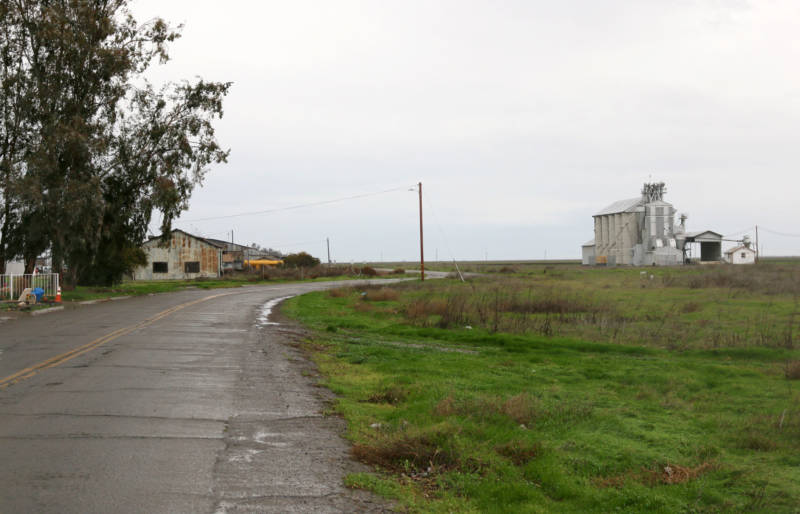
Michael Eissinger, an anthropology professor at Fresno State University who studies historically rural African-American settlements in the San Joaquin Valley, said there were many communities in California like South Dos Palos and Dos Palos — a black community and an all-white community just a few miles apart — existing side by side, separate but interdependent.
“Racism is not 'I don't like you because of your color.' That's bigotry, prejudice,” Eissinger said. "Racism is when it is done by the system, by society as a whole, and society is done on the landscape.”
For decades, racially restrictive covenants, clauses in deeds to properties that specified who could and could not live there, blocked African-American families, and individuals and families of other races, from buying or renting certain homes, including in California. Redlining created barriers to black families obtaining loans to buy houses in certain neighborhoods.
There were also sundown towns, places that people of color could visit during the day, but had to leave by the time it got dark. You can still see the legacy of this in the Central Valley today, in towns like Clovis, the nearly all-white, affluent suburb of Fresno, and then again in Stockton and Lodi. These are kindred cities walled off by a brief but mandatory drive through farmed landscape.
